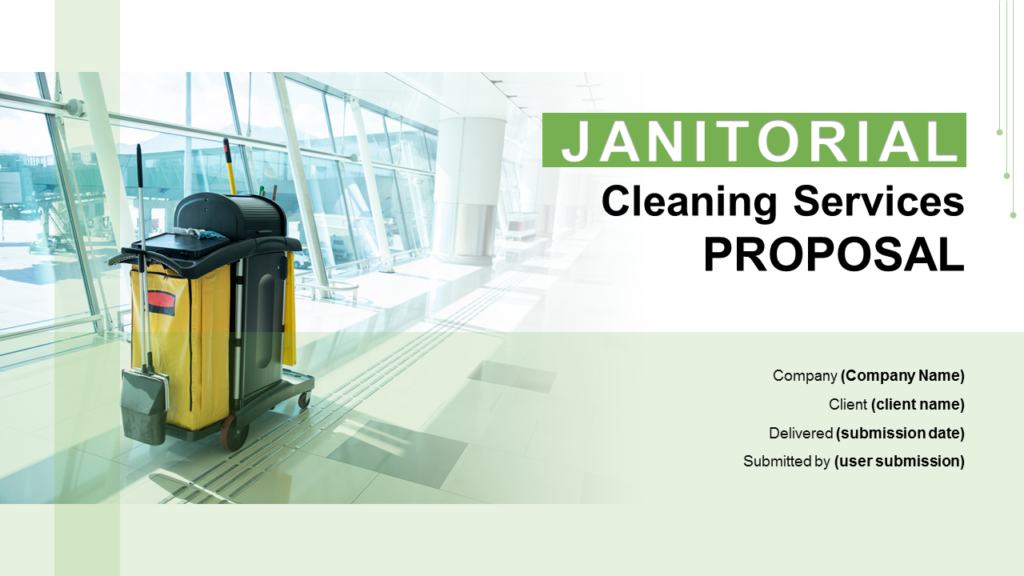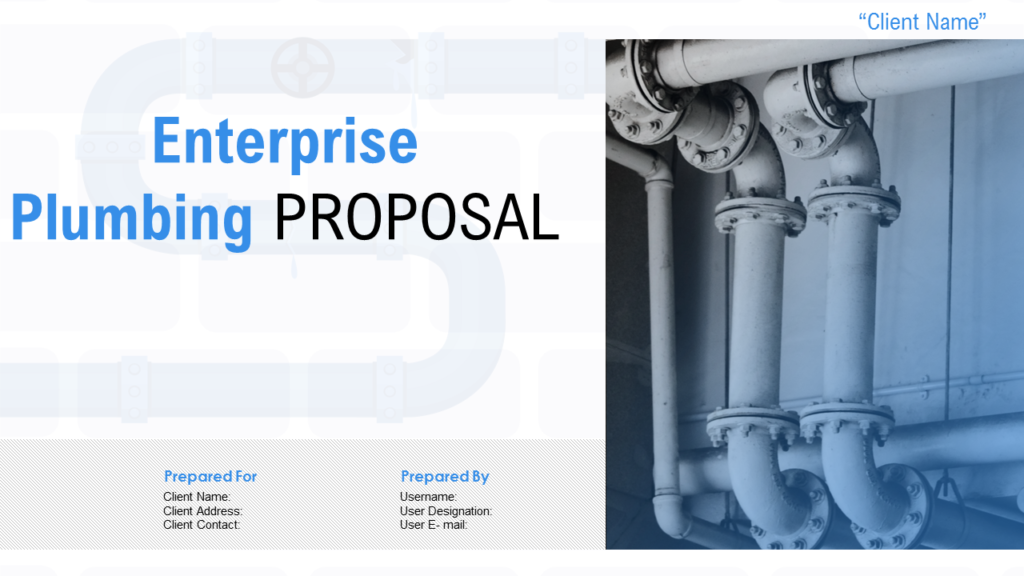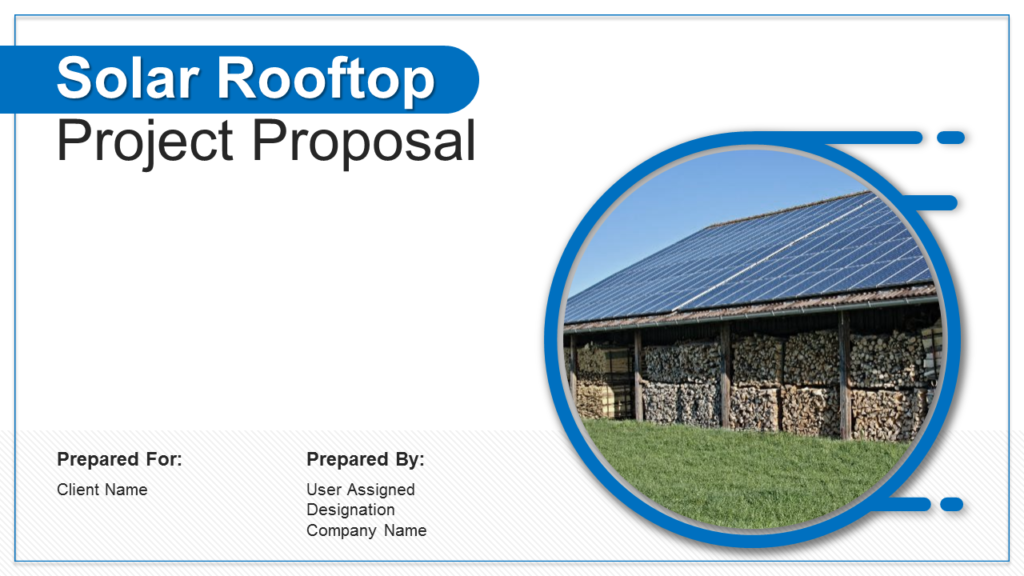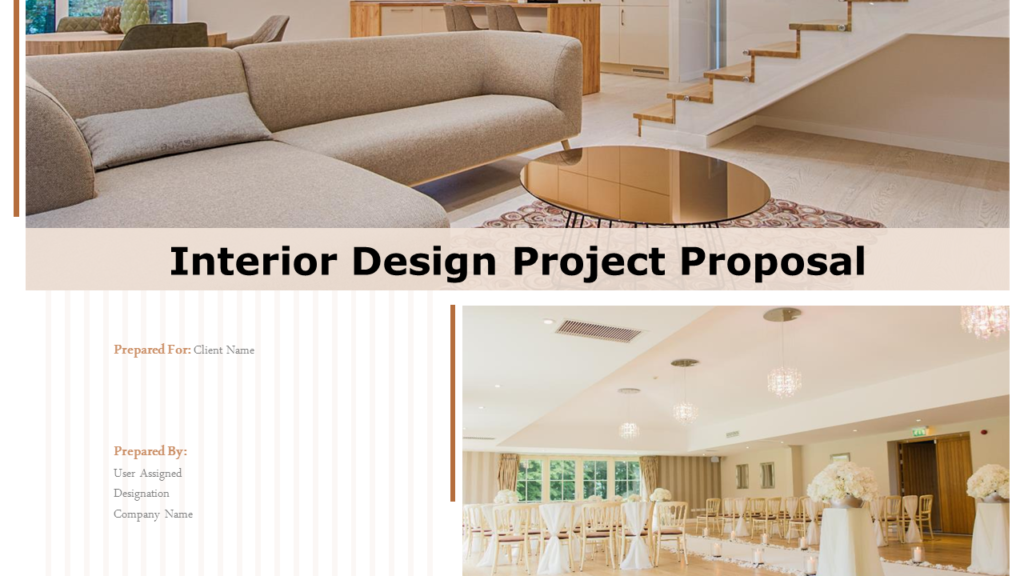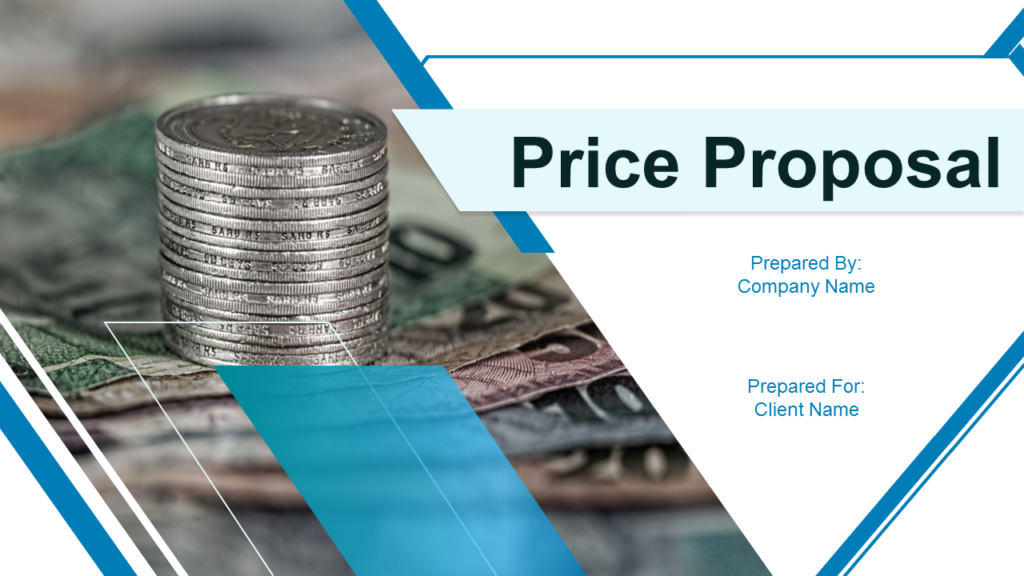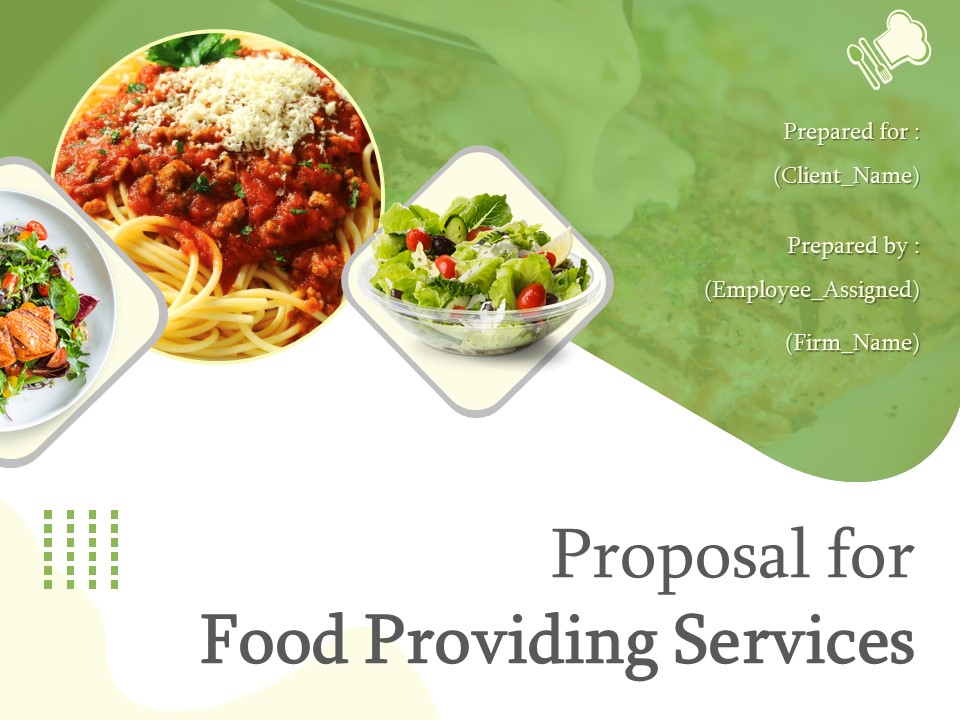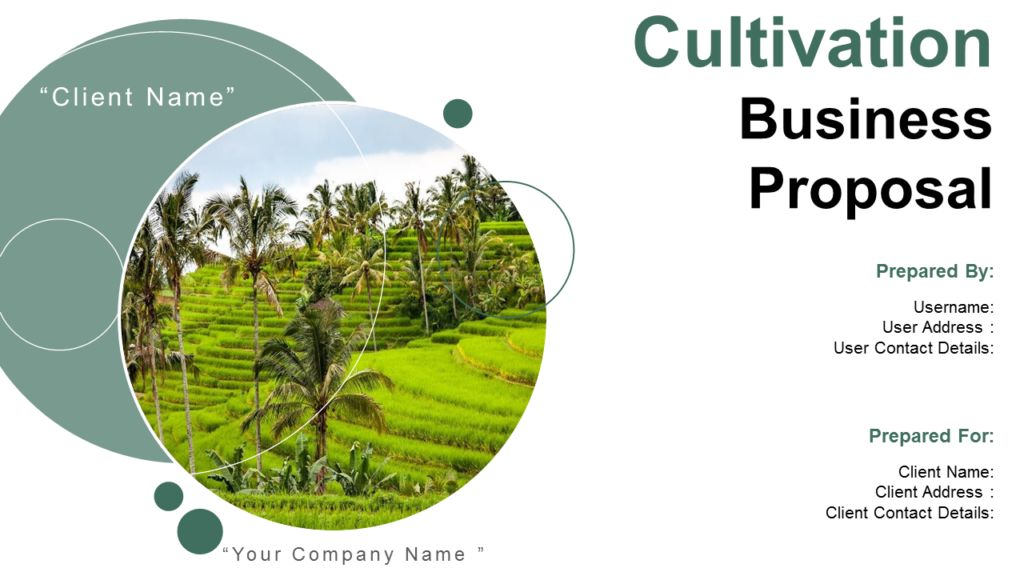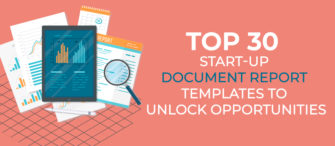Let’s start with an anecdote, shall we? It takes me back to the days when I had just dipped my toe into the teeth-grinding and neck-cracking world of freelancing as a writer. Fresh out of college, a few skills to bank upon, and a resume with very little to say, was all I had in my arsenal. And so, I launched myself into the business of selling with my words.
However, it won’t be far-reaching if I say I had set out on an expedition full of crests and troughs. There were cold calls every day, emails I couldn’t count, and late night notifications from recruiters “hiring for a multinational company” (never heard from this company though, thankfully!). When I landed my first client, it sort of became my go-to approach (out of intuition, obviously) to address every subsequent prospective client with the same set of bullet points about me. And to nobody’s surprise, I was either able to acquire clients that were paying dirt or no client at all (often accompanied by the phrase “we will let you know”).
Now, it won’t be hard to draw comparisons between what I had to grapple with starting off and what different levels of business do when approaching a prospective client with a business proposal. At the end of the day, one has to sell a particular product or service to bring in more revenue.
But the inherent flaw in the plan is the use of a cookie-cutter approach, giving a potential buyer a reason to say no. This approach leads to counter-intuitive flab and errors creeping up in your business proposal, leading to a poor close rate. For the uninitiated, close rate is the proportion of your business leads turning into actual paying customers.
So how do we address poor (or in my past entrepreneurial scenario, non-existent) close rate? How should one draft a business proposal that will give you a leg up on the competition? This blog shall shed light on eight definitive approaches to creating a compelling business proposal that you can follow right away. Also in tow are our bespoke templates that you can put to use within minutes and start bagging clients that will become your promoters. Read on.
The what and why of business proposals
Simply put, a business proposal is a document wherein a seller or an individual describes their product or service to solicit action from another business or client to get revenue or a project. Not to be confused with a business plan, which is the detail of a company’s internal structure, a business proposal is more like an action-seeking advertisement of your company’s offerings. Inherently, a business proposal serves as an incredible B2B association and marketing tool for any and all types of companies. As a foundation, every business proposal features the following components:
- Cover: It is the first thing that catches the eye of a client. A business proposal cover page has to serve as the opener for your pitch. It includes your company’s name and contact info; the client’s name and contact info; the project name and reference number; and the date of submission of the proposal.
- Problem: After factoring in the current situation of the client and their operations, a business enlists the problem statement in this section. This problem statement encapsulates why the current scenario is redundant and what drawbacks it leads to.
- Solution: What is the proposed solution to the problem statement listed above? This section includes the prospective ways out of the drawbacks in the client’s scheme of things. Additionally, this section can suggest improvements or overhauls in that scheme.
- Project Overview: This section covers how your business figures into the set of solutions. It mentions the outline of the project and how it solves the problem better than the competitors, if any.
- Timeline and Milestones: Bring out the roadmap for accomplishing the project targets. The section also includes the deadline that your company aims to accomplish for the client.
- Budget: The real business of the matter — the cost chart. This section tabulates what the project will cost the client. A smarter way to put competitor analysis to good use, the budget section can make or break the deal. Additionally, it helps the client make an informed decision.
- Team: Alternatively referred to as the “About Us” section, the team page gives the details of the personnel tasked with bringing the project to fruition within the decided deadline. It also helps bring a professional scope to the client’s decision-making process.
- Call to Action (CTA): Your prospect read your proposal. What next? Include a CTA in this section towards what the client should do now that they like your offer. Include contact information in this section, or a weblink if it is a digitally-submitted proposal.
A business proposal is broadly categorized into two types: Solicited and Unsolicited. The former corresponds to the proposal sought by businesses via a formal communication channel. The latter, however, is from the seller’s standpoint to rope in more clients based on their pain points. Corporations constantly deal with both types of proposals. But more research, challenges and competition figure in solicited proposals than in unsolicited ones.
Drafting a business proposal: 8 actionable methodologies
The vexing issue with creating business proposals from scratch is that playing the imitation game can be counterproductive. In other words, when every business is different, how can two proposals be a viable product of the same mold? They most certainly cannot. This conundrum will always be a thorn for any sales team eyeing lucrative targets.
So to ensure that you do not fall prey to the imitation game, we have come up with eight schematic approaches which you can employ to draft compelling business proposals. We have classified these approaches according to the four basic types of business. Spot the type you fit in, and simply pick an approach to craft a business proposal your prospects cannot say no to. Here we go!
Business type: Services
The world is able to operate because there is a service provider in the background, turning the cogwheels. Service companies generate revenue by fulfilling the needs of another business or an individual with their services. The concept encompasses a gamut of niches like management, accounting, software, travel, design, catering, consulting, training, and so on and so forth. There are subscriptions, discounts, and offers at play.
Additionally, several businesses run on a pipeline of services according to the type and amount of work they handle. Therefore, much of the utility of business proposals is for service companies as they tend to keep fishing for more and more clients for growth. So for those companies making the nitty-gritty happen for other businesses, there are two approaches to creating a business proposal that will magnetize more customers towards them.
Approach 1: The AIDA
The subtle art of selling warrants that you give the customer a reason to absorb what your business proposal says. But such absorption can only stem from something that keeps them hooked. Enter the AIDA approach! Abbreviated from Attention, Interest, Desire and Action, this approach makes business proposals most engaging for entrepreneurs and small service businesses.
Although much of the application for AIDA stays for marketing tactics, when it comes to business proposals for the novice, there is nothing better. After all, you have to start somewhere. The approach relies on remarkable copywriting to grab the attention of the reader. Also, the elements of the proposal address pain points in a subtle yet evolved manner. Thereafter, towards the end, the elements generate desire by showing why choosing the service would be a sound financial decision. The culmination point is a catchy CTA to seal the deal.
Use these templates: Hustling can be overwhelming for an entrepreneur. But when it comes to bagging clients, a smarter way out is to be relatable and direct about your service offerings. And while good research about your lead will always be the stepping stone to a better close rate, using a well-designed business proposal will get you noticed in no time.
Check our templates below that will call out to your prospects with eye-catching content. Leverage your competitive pull in these templates and show why your services matter for the client. Also, don’t shy away from trying to put your own spin on these templates as they are fully editable.
Approach 2: The tumbler
As is true for any service business, scaling comes with effective marketing targeting a heavier client base. It is like a never-ending quest to stay ahead of the competition while providing viable solutions to the clientele. Additionally, research and innovation also paves the way for creating an attractive market presence. So in such a scenario, sizeable service businesses need to follow the tumbler approach in drafting their business proposals.
Analogous to how one can fill a tumbler only up to a certain extent, the approach guises a tailored set of advantages as an initial service offer. As the client avails this service (or the tumbler gets filled), the further business proposal brings in another set of related offerings to boost retention. This approach helps budding and large companies gain advantage over their peers while leaving room for tracking and review. It also diversifies company portfolio for fulfilling prospects that keep coming back for more.
Use these templates: Given that you are using this approach to draft your business proposal, you have already roped in a decent clientele over a few months or years. So whether you are the next big marketing firm looking to accomplish a client’s customer acquisition goals or a design firm breaking barriers with your stunning yet pocket-friendly websites, the tumbler approach is the way to go.
Step up your game with our fully-functional business proposal template designs. You can put on the table your most impactful service offering with these templates by emphasizing the distinguishing factor – the cost. Manipulate the content as per your needs and start raking in loyal customers.
Business type: Product
A key market that many businesses tend to is manufacturing of products. As opposed to service-based companies, product developers address the problem statement for the client by offering an innovative product. Additionally, these products can address consumption and utility requirements as per the type of business. Broadly, companies develop consumer goods and industrial goods besides utility products. There are a lot of resources, besides significant analysis and research, which fuel the operations of such type of business.
A sphere marked by cut-throat competition, the product business comes with its fair share of hardships as well. Therefore, for each level of product-based enterprise, there is a different method to devise a business proposal. Each method is instrumental to convince the potential buyer of why your product matters for them. Tackling the “where do I start” syndrome is the sole purpose of these two approaches below. The first works for entrepreneurs and the second for companies looking to scale.
Approach 3: The context
People do not buy with logic. Instead, they purchase a product in the context of emotion and how it makes them feel. The context approach tackles the power of persuasion by giving the prospect some utility. It follows a more benefit-driven layout that puts emphasis on product specifications. It is, after all, not much about the company but about the customer.
Entrepreneurs and those managing strategies for a new product launch can use this approach to draft bespoke business proposals with this approach. The methodology bets on the appeal and feel of the product rather than who is making it and how. For instance, a vacuum cleaner company would not want to boast about their CEO in their proposal. Under the context approach, what would instead work is the precise depiction of the product in use and how it brings affordability and convenience as compared to its competitors.
Use these templates: According to a report by Proposify, an online business proposal drafting software service, adding relevant images improves the close rate of your business proposals by 23%. So what do we understand from this? When applying context approach, make sure you have included images of your product in practical setups to catch the user’s eye.
Make good use of our templates below to get the point across convincingly. This proposal can later serve as a blueprint to your product manual as well. Just re-purpose the template content and you are good to go. The templates come with fully-editable icons and images, so just personalize and present. Easy does it!
Approach 4: The proof
For any company, using the footing they have to grow their customer base can be a challenging task. Conviction is a hard nut to crack given that information spreads and disappears within matter of seconds. But what remains imprinted on the consumer’s mind is how your brand changed their life. Enter the proof approach! A step up from the previous methodology, the proof approach adds a dash of customer testimonials to the mix. In other words, budding and established product-based businesses can use this approach to put their client reviews to good use.
The proof approach adds to the credibility of the product and makes it easier for the client to make an informed decision regarding their purchase. This also leads to enhanced customer evolution as the testimonials will add to the practical pull of the proposal. For instance, if you are a software manufacturer, then putting up the client snapshots or logos along with their reviews can help you attract potential investors as well as clients from your target market.
Use these templates: The added advantage of using the proof approach is the competitive edge it offers. For product companies, including client reviews shouldn’t be a misplaced priority. It should rather be a tactic to let the customer lean into your brand with the help of (printed) word-of-mouth. So in order to leverage that to the fullest, use our comprehensive business proposal templates that offer complete flexibility and usability of design.
Each slide has ample space to make your product shine, not to mention make your client testimonials pop as well. So download these templates and make them the first document your prospective buyer sets eyes on. Just like the context layout, you can reuse the design elements into your product manual as well. Just make sure the testimonial slide gives a brief yet personalized account from the existing customers to have full impact.
Business type: Merchandising
Besides products, another type of business can work in a wholesaler-retailer fashion as well, that is the merchandising trade. Herein someone buys a product at a certain price from the wholesaler and retails it to the consumer at the end of the chain at a higher rate. Usually resources like logistics and supply chain remain the driving force behind such businesses. Another factor is the movement and manipulation of money as a critical resource in the merchant setup, imparting a very broad and competitive outlook to such businesses.
A prominent example would be merchandising in real estate business where land is traded between prospective buyers and sellers with the help of agents as an intermediary. There is a definitive commission that the agent gets once the deal is struck. While there are extensive supersets and fine grains of this type of business, one needs a well-balanced approach to persuade the clients. Therefore, we discuss two approaches here that will work for drafting business proposal for merchants. The first is for those just kicking things off, and the other for those looking to spread their merchandising prowess to multiple channels.
Approach 5: The BRIM
When starting off into the merchandising business, you need to be on top of your strategy for demand and supply. There is also a need to keep track of what the consumer sentiment is and how the market is performing. Therefore, one must devise their business proposal according to the BRIM approach. Short for Baseline, Resource, Intent, and Money, this technique tackles the lack of structure in generic business proposals for merchants.
The technique covers the baseline with the project details and timeline based on the supply of the commodity. Thereafter, it covers the details of each variant of this commodity that needs to be traded. And thereon, it dives deep into the cost differentials, offers and legalities of executing the target supply chain. One can hint promise in their business proposal with this approach as it helps merchants address the untapped markets. So for a bigger merchant looking to get an affordable deal, this approach will turn all the right lights on.
Use these templates: Formalizing business proposals in merchandising can be an uphill battle for people handling the sales and marketing of the commodities involved. There is a lot of market analysis that goes into drafting a catchy proposal that covers enough ground while bolstering your claims. Therefore, it makes sense to gather enough data and then structure it into a lucid format in our flexible and adaptive templates. Give your best shot by adding tabulated cost analysis chart into the slide.
You can also depict the area-wise retail network that you are leveraging for a guaranteed deal. Download these templates and get started right away.
Approach 6: The DAVP
As opposed to the BRIM, the DAVP approach addresses the add-ons for multi-channel merchandising. Best suited for companies looking to variegate their portfolios, DAVP attunes merchant business proposals to four parameters: Distribution, Availability, Visibility, and Promotion.
The descriptive factor of the business proposal designed with this approach focuses on how you can fit into someone’s supply stream with your service. Are you offering quicker processing of deals or proactive logistics with less paperwork? The second factor of availability works especially for those dealing with consumer goods. What area and demographic does your service cover? Additionally, under the DAVP, you must elaborate the visibility of your service.
You also have to include the scope and channels of outreach for your brand. As far as the promotion is concerned, you can augment your proposal with your additional offerings and services that can benefit the customer. Needless to say, this needs extensive customer research from your side.
Use these templates: The rider with the DAVP approach is that it works for those who have done their homework on the client as well as the market. But that does not mean it is not viable. Rather it is especially fruitful when targeting customers for the long run. Inclusion into separate channels of merchandising opens doors for your business to reach motley of new customers. So incorporate the following templates designed by our experts to show that you mean business.
Don’t get caught up in the format of these templates. These slides are completely editable. So just keep the ones you want and personalize them with your brand theme and icons. Just click and download these templates and showcase your business acumen in a stunning format.
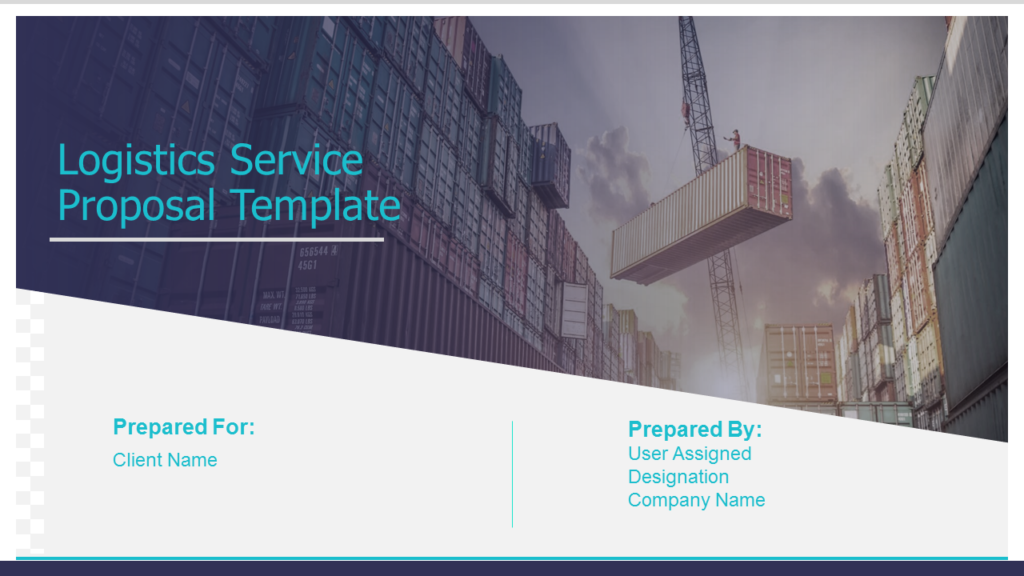
Business type: Hybrid
Speaking of Jack of multiple trades (quite literally), a hybrid business runs a gamut of tasks. By definition, a hybrid business involves a combination of any of the above types of trades: product, service and merchandising. Additionally, this business can be processing online transactions via a website while also making a decent income from a brick-and-mortar store. Think of a restaurant business as a typical example. It could be selling a product (take-outs and online orders); providing services (dine-ins and catering); and merchandising (retailing cupcakes from a local baker at a higher price) from their 600 square feet establishment.
Since hybrid businesses need to have a certain level of stake in every type of trading they are doing, there has to be a micro as well as macroscopic view of the supply-and-demand metrics. Therefore, it takes a more refined lens to craft a business proposal for these companies. So here are the two approaches that business managers of these companies can follow. The assumption here is that you have grown to a considerable market share to manage bulk operations.
Approach 7: The Lego
This one will sound a bit too familiar, just saying! Just like one can make skeuomorphic objects by putting together small units of Lego pieces, the Lego approach of drafting a business proposal for hybrid businesses works the same way. It basically offers the prospect a glimpse into each functional unit of the business and puts it together to present a robust company profile. The prospect, in turn, can choose from the verticals that he wants to work with. Following the Lego approach, one can choose to brush aside the minute details that make the clock tick and simply serve the good numbers at the end of each unit.
Another key factor of the Lego approach is that it works for making each business vertical chunkier. It also gives a broad workable outlook to the prospect looking to invest in things that matter to them. One can also place a separate CTA for each section or give the CTA at the end for all types of communication. This approach works if your hybrid business is associating with bigger suppliers for cost efficiency or a bigger brand for boosting your market reach. Additionally, this method creates business proposals that can serve as reference documents should you choose to expand on a profitable wing of your company altogether.
Use these templates: But before you actually use our templates, it won’t hurt to do your bit first. Research, analyze and find out what makes each Lego piece of your business worth the client’s time. In short, find out the USP of each vertical of your business and put it in a more decipherable format. Thereafter, just download one of these templates and incorporate the recorded information into the immaculate design.
There will be two advantages to doing that. One, you will save a lot of time and resources spent on making the business proposal from scratch. Two, you can propagate the proposal file to multiple clients and also re-purpose it in various documentation formats for future use. You know the drill. Download, edit and deploy!
Approach 8: The star
When we wish to make a hybrid business proposal truly stand out, we have to understand the timeline and hierarchy that got the company to an enviable milestone. Therefore, using the star approach to craft your business proposal can jack up the prospects of your expansion and market outreach. In this approach, you analyze the customer needs down to their atoms and churn out a solution in the form of your most effective trade component. This component is the star of your business proposal. So using this star as base, you need to weave in other services as add-ons for the client. Include the product or service highlight besides the deliverables and financials to make the star pop.
The star approach is best suited when you are looking for a business proposal that raises interest towards the most vexing problem first. By establishing that you can, indeed, address the problem well within the timeframe, you build trust and pave the path for the client to consider other services in the future. Also a distinguishing factor is just two CTAs, one for the star and other at the end of the proposal. That way, you are giving the client the opportunity to get right down to business or just pick out the areas that promise high return on investment.
Use these templates: Let’s face it. It takes a village to get to the stars. Likewise, it will take a lot of effort to draft a business proposal under the star approach. You have to get everything in order to even begin writing the first line of your executive summary. Also, equally meticulous should be your customer research and financial analysis to dish out the best deal. Take care of that behemoth by using our comprehensive and fully-editable business proposal templates.
With these decks, you will be able to represent each piece of data and figures precisely. Manipulate and utilize the image holders to put your own spin on the proposal. All you have to do is download these decks, personalize them as per your brand, and start scoring huge B2B deals with finesse.
Some tips to nail your next big business proposal
Sure, our templates are perfection on a slide! But no one is fully immune to the confusion and anxieties associated with drafting and presenting a business proposal. When you want to tell a story from perspectives that persuade, you need more than just a spectacular design. What you really need is a few pointers. So before you walk past the glass doors to introduce your cash-magnet to the business manager of an upscale multinational, or simply explain to an angel investor what made the light bulb go “ON” in your head, pay heed to these handy tips. Precision guaranteed!!
- Copy sells: Yes, you need our striking templates to grab the attention of your client, but what about the content you put on your business proposal? When drafting a business proposal, make sure your copy is clear, concise and persuasive. This is especially applicable to the executive summary, cover letter, and CTA part of your proposal. Bottom line, no matter what approach you are following as per your business needs, make sure you have precise and influential content on the proposal to actually make things happen.
- Research shines: This one is a no-brainer. The more you look into the customer pain points, the more relatable and convincing your business proposal becomes. The pathos of the proposal will keep you in tune with the customers while earning their loyalty. Subconsciously, it impresses the prospective client when you present them with the problem statements that they don’t even know themselves. So research. You might hit the jackpot.
- CTA rules: It shouldn’t come as a surprise when you read through a decent business proposal and do not find a CTA on it. The inherent problem is that a company is able to identify the pain points and propose solutions in the proposal, but does not tell the reader what to do with that information. The possible reason is that we get so much into easing the pain of the customer that we fail to relate our business with it. Therefore, always give a catchy CTA to your proposal (time to pay up the copywriter for this one!)
- Review matters: Get as many inputs from your prospects and peers regarding your proposal as you can. The more scrutinized the proposal, the stronger are the chances of it getting more effective. If it helps, enlist all these points and review your business proposal in a step-by-step manner. The end product will be a persuasive and versatile business proposal that will land you deals after deals.
In conclusion…
Business proposals are essential for keeping your company’s growth on an upward trajectory. After all, it all boils down to how you make a person say “yes” to an idea that you have envisioned. And a well-crafted business proposal is key to achieving that. So go ahead and use any of the approaches in this blog and captivate your next angel investor or prospective partner with our ready-to-use templates. Hitting the nail on the head would never be this easy, would it? If only the freelancer me knew the secret. Ah, well!





 Customer Reviews
Customer Reviews



